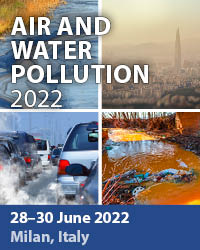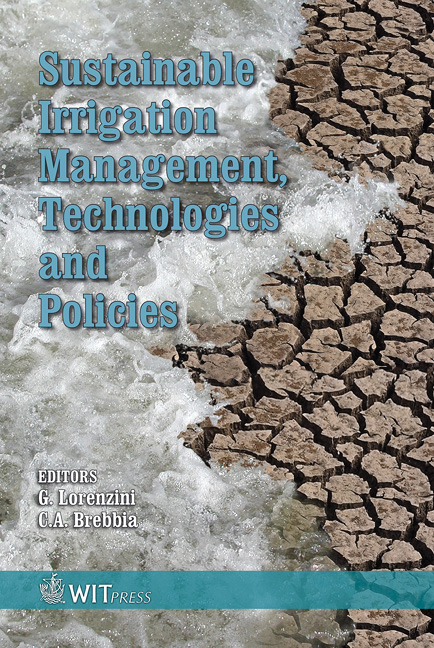Rio Grande Basin Water Conservation Project
Price
Free (open access)
Transaction
Volume
96
Pages
10
Published
2006
Size
264 kb
Paper DOI
10.2495/SI060311
Copyright
WIT Press
Author(s)
G. Piccinni, D. Supercinski, D. Leskovar, B. Harris & C. A. Jones
Abstract
The Rio Grande is 3,057 Km long with water sources from the Rocky Mountain snowmelt, the Rio Conchos in Mexico and the Pecos River in Texas. It serves as the only major source of surface water for two U.S. and five Mexican states, and supports 5 million people. The Lower Rio Grande Valley is one of the most productive agricultural areas in the U.S., generating roughly $ 500 million of annual growth sales and accounting for approximately 85 percent of the region’s water use. However, the population in the Basin is expected to double in the next 50 years causing doubled municipal water demands and serious agricultural impacts. The Treaty of 1906 distributed the water between Mexico and the U.S., giving 74 million m3 per year to Mexico, while the Treaty of 1944 divided the waters of the Lower Rio Grande and the Colorado River and stated the U.S. should receive 432 million m3 of water per year from Mexico over 5 year cycles. However, between 1992 and 2002, only half of the required water was delivered. The water debt grew and Mexico currently owes 81.9 million m3. The future of irrigated agriculture in the Rio Grande Valley is facing many challenges. The Rio Grande Basin Initiative is focused on helping solve these rising problems by implementing the following nine task groups: Irrigation District Studies; Irrigation Education and Training; Institutional Incentives for Efficient Water Use; On-Farm Irrigation System Management; Urban Water Conservation; Environment, Ecology and Water Quality Protection; Saline and Wastewater Management and Reuse; Basinwide Hydrology, Salinity Modeling and Technology; and Communications and Accountability. This presentation discusses the concerted results and outcomes from these tasks. Keywords: efficient irrigation, water conservation, Rio Grande.
Keywords
efficient irrigation, water conservation, Rio Grande.





